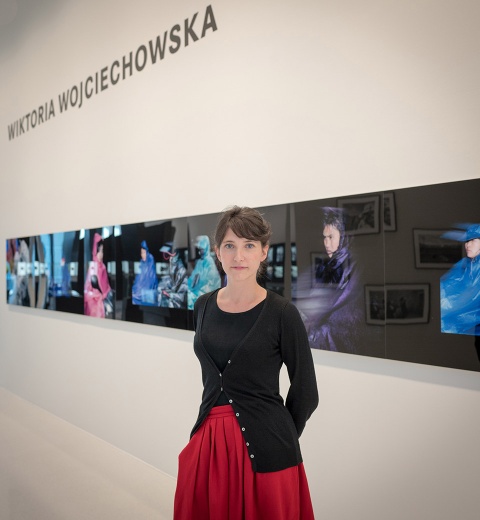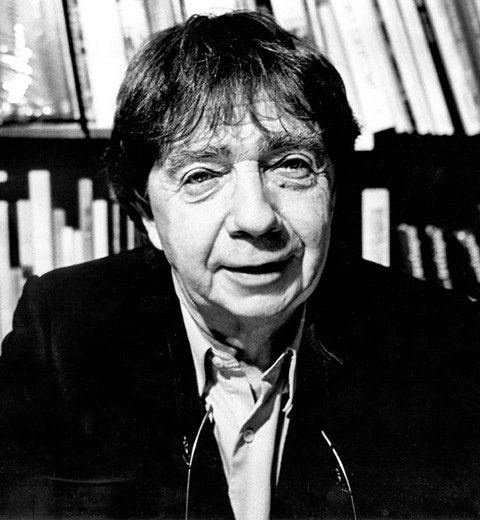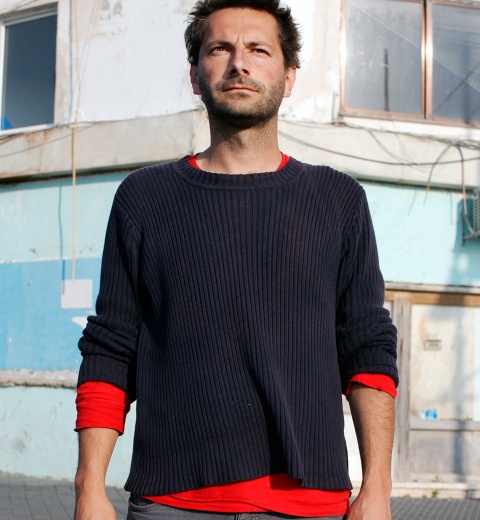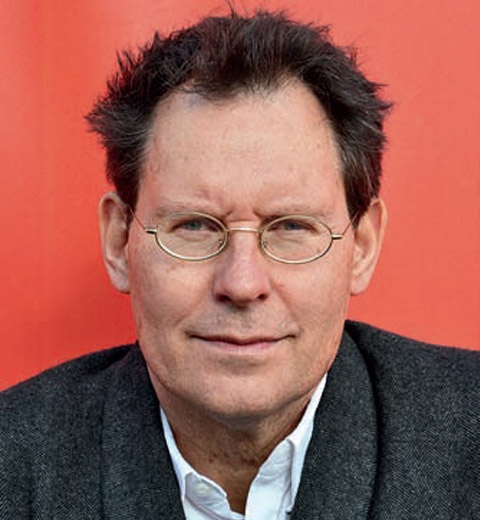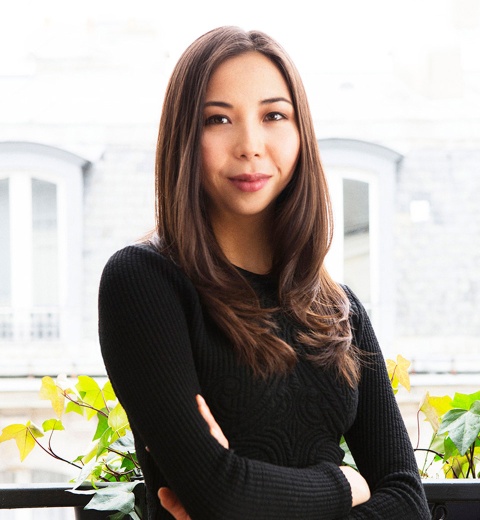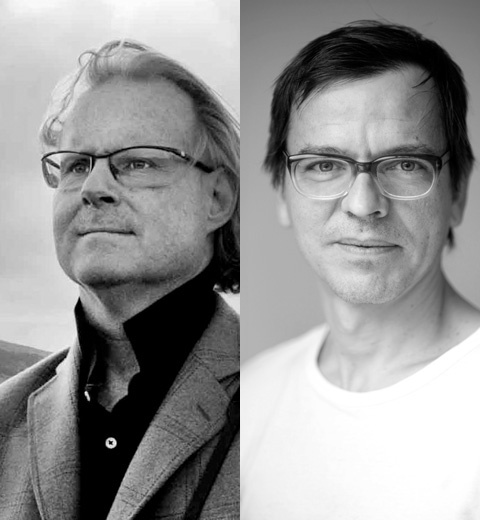Interview JH Engström
JH Engström’s photography gives visual form to existential states. Without focussing on one specific style, JH Engström, winner of the Leica Oskar Barnack Award 2015 with his project titled „Tout Va Bien“, collects various impressions in rural and urban scenes – impressions that correspond to his emotions. In doing so, he explores what existence is really all about.
LFI: Have you already been out to take photographs today?
JH Engström: I’ll be heading out later. Let’s see what the weather does ...
LFI: Do you plan to take pictures in advance or do you always have a camera on hand to catch the chance moment?
Engström: I most often have a camera on hand. I work both with primitive and intuitive shooting, and more planned shooting and the whole range in between. There is absolutely no hierarchy within that range. To only work with one method would be too simplistic and it would bore me as well. The way I prepare myself is by trying to catch the energies within me that are in connection with my inner conflicts, doubts, fears, contradictions, questions or the pure joy of existing.
LFI: Where do you find your motifs?
Engström: You can photograph everything. It’s about how you do it. Everything can be a mystery, so I don’t have to go to special places. When I was younger I had the urge to go somewhere. Now I can see the images everywhere.
LFI: You make use of many different styles for your work – eclectic, one would say. Playfulness – with sharp and blurry, colours and bleaching, archaic and nostalgic ways of taking pictures – seems like a thread running though the pictures.
Engström: I don’t prefer one stylistic element over another. Everything depends on what you are trying to express and why. I use colour, black and white, sharpness, blur, natural light, large-format, disposable cameras, 8mm cameras, polaroids, medium-format cameras, 135mm ... everything is possible.
LFI: You’re a style jockey.
Engström: I like that.
LFI: Your comprehensive work is made up of individual pictures that you have not kept in chronological order. By combining the motifs without reference to time or place, you create new contexts. It is easy to recognize the influence film has on you.
Engström: Well, film also deals with images. Then I personally always liked and believed in photography that on a deeper level deals with the serial in its nature. And that is definitely a link to film as you mention. It also comes down to my interest in storytelling and how series and combinations of images create stories. These stories can of course be more or less concrete or abstract. Rhythm in and between images also interests me. I work a lot with photo books as a way of expression, and I believe the photo book is linked to both the medium of film and the
written short story.
LFI: This results in the series that you call ‘Visual Poetry’.
Engström: In my new series Tout Va Bien – the series consists of 93 photographs in total – this statement becomes obvious. After having released a couple of books that have a more concrete and framed theme, like the city of Paris in Sketch of Paris and my home region in the book From Back Home or La Residence, that circles around the city of Brussels, I return here with a more associative photographic narration. In Tout Va Bien I’m wonderfully liberated from the traditional photographic ‘theme’.
LFI: How do you make a choice from what is in your archives? How did Tout Va Bien come about?
Engström: I composed the Tout Va Bien series over several years. It has been a long and windy road. It’s like that with most of my books. I think I have something like 15 dummy versions of Tout Va Bien in my studio that have been reworked and rejected. But now the final version is printed and the cards are laid out on the table. I can’t take them back now and that is wonderful. The work is done.
LFI: There are always new combinations, but your archives must also be enormous. How do you keep an overview? How do you find individual motifs again?
Engström: I’ve been taking photographs for 20 to 25 years, so it’s built up to a significant amount. Once a motif has appeared in a book, it goes into a file with the title of the work.
LFI: You have published fifteen books so far – but obviously not just for the purpose of creating an archive. What do photo books mean to you?
Engström: A book is the ultimate photographic expression for me. A photography book in high-quality print does the photograph hundred percent justice. It’s an important component of the expression. For me, images are linked to a certain tactility.
LFI: You have received many awards for your books. Already the first one, Shelter, published in 1997, was named best photo book in Sweden. In 2004 came the next one, Trying to Dance; and since then it’s one after another.
Engström: This photo book boom is quite new. It’s almost become a new art form. When I published my first one in the mid 90s, nobody was into publishing photo books. I guess because photography grows more and more important.
LFI: What do you have planned next? Another photo book?
Engström: Right now I am concentrating on 8mm film. I’ve been doing two films for Swedish TV where I had to be understandable. Now I am working on more experimental things. I feel like a child when I pick up the camera …
Interview: Carla Susanne Erdmann
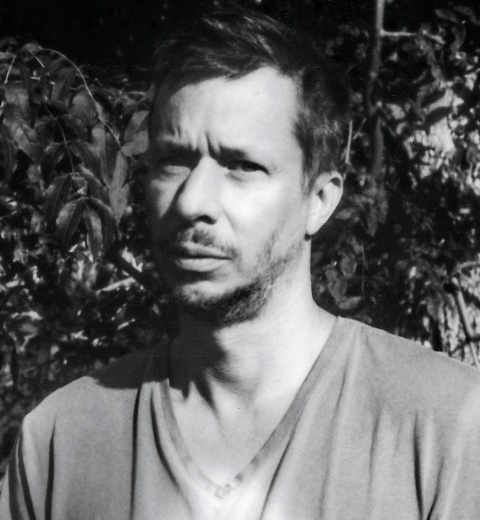
JH Engström
JH Engström was born in Karlstad, Värmland (Sweden) in 1969. He graduates from the photography and film department at Göteborg University in 1997. He also publishes his first book Shelter. In 2000, he travels throughout Europe and then moves to his native region Värmland where he continues working on the Trying to Dance project, which was published in 2004. He is shortlisted for the Deutshe Börse Photography Price for this book. He also starts working on a onehour documentary about his friend and colleague Anders Petersen for the Swedish television. He exhibits throughout Europe. In 2005, he starts filming his second documentary for the Swedish Television, a 30 minutes film, Bertil & Magan. Stay or go. He also graduates from Dramatic Institute, Advanced Course in Documentary Film making. Meanwhile, his photographic work was exposed in diverse galleries. In 2009 he was awarded Best photo book of the year at the Arles Photo festival together with Anders Petersen for the book From Back Home.
His seventh book La Résidence is released by Journal spring 2010 and is awarded the Goldene Letter by the Deutche Buch Stiftung. He is the 2015 Leica Oskar Barnack Award winner with his project Tout va bien. JH Engström lives and works between his native region Värmland and Paris.
